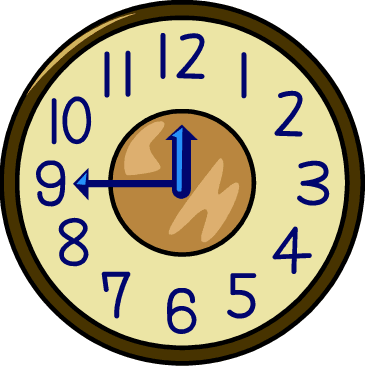ESL Family Members Reading
On this ESL family members reading page there is a reading passage and some questions about it for you to answer. By doing the task on this page you will get better at using the family members vocabulary.

The best way to start to use new vocabulary in realistic situations is to do some reading activities. The language will be similar to that you will experience every day, but you are able to work slowly and make sure you get the words correct. You should really pay attention to how the words are used and learn from the way the passage has been written.
If you find any words that you do not know or that you cannot remember the meaning of in the ESL family members reading passage, you can go back and look at the ESL family members vocabulary page. That page has definitions of all the vocabulary words so you can see what they mean.
When you have fully understood the ESL family members reading passage you should answer the questions that follow it. This will show you how much of it you really understood. When you have answered all the questions you can use the get score button to see how many you got right and the correct answers.
ESL Family Members Reading Comprehension Passage
How to Trace Your Family Tree Online
A family tree or genealogical tree is a diagram that shows the relationships between members of a family in several generations. Creating a family tree is a great way for children to broaden their knowledge about great grandparents and other family members who have passed away or who they have never had the chance to meet. For adults, it can be a way to learn about family history and how it has affected their present and future lives.
Tracing and creating a family tree can be difficult and complicated to do, especially if you do not have sufficient knowledge about your family history and only have a few old photos and documents. However, digital technology has made it easier for you because now you can access online databases and search engines and obtain the information you need within minutes. The key information that you need includes names (common surnames or family names), dates of significant events (birth, marriage, death, emigration) and places to locate records such as church registers.
You can start your genealogy research by building a skeleton family tree. For this purpose, you can go to various sites on the Internet. After you have done the basic family tree, it is time to dig deeper by going to more specialized websites that contain military or employment records, parish records or wills. In this phase, you need to be sure of what you are searching for. For example, if you look for the military records of your great grandfather, you should have his full name, date of birth and the forces in which he served. Here are some sites that genealogists often use to research specific information: 1) the National Archives site contains wills and naval records, 2) the Origins Network site contains apprenticeship records, military records and marriage indexes, 3) the Times Online site provides information about famous or notorious ancestors from 1785-1985 and 4) the CWGC site provides details of servicemen and women who died during the two World Wars.
Of course, not all information is available online and you should not expect to find your entire family tree in one place. You may still need to visit your local family history center and look at cemeteries, courthouses and churches for more information. You can also make contact with genealogy communities through their websites and ask for a piece of advice. You can use sites like Genuki and Cyndis List to consult on genealogy research and find valuable information, genealogical material and links to hundreds of other genealogy websites.
ESL Family Members Reading Comprehension
Reading comprehension questions that go with the above reading passage.
Other Pages about Family Members that You
Might Like
ESL Family Members Conversations
ESL Family Members Listening
ESL Family Members Vocabulary
ESL Family Members Writing
ESL 4u home › Reading › Family Members


|
|



New! Comments
Have your say about what you just read! Leave me a comment in the box below.